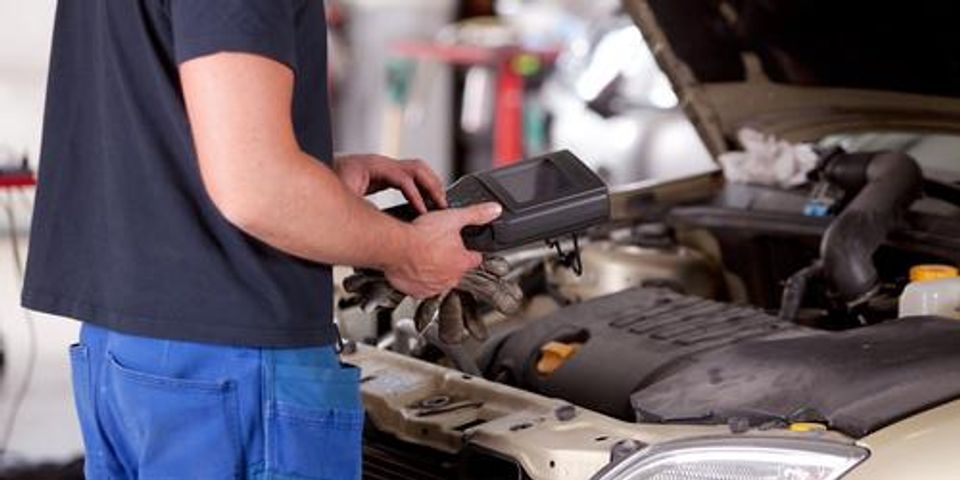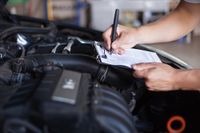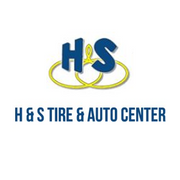Your Guide to Car Diagnostics & Inspections

Some owners take their vehicles in for diagnostics and inspections without knowing what is being done and why it is necessary. However, it is an essential part of routine car maintenance. Many components get checked and tested, and your vehicle’s condition has a direct effect on your safety while on the road. Here’s what you need to know to familiarize yourself with the process.
What Parts Are Diagnosed & Inspected?
Diagnosis is made using an onboard diagnostics II (OBD-II) scanner that reads the self-check report of the vehicle’s computer, which lets you know if something is wrong. While there are inexpensive readers available on the market, most auto repair shops have an advanced scanner that provides more detailed and manufacturer-specific information. Some car care facilities also offer free diagnostics, provided it’s part of a maintenance job.
A vehicle inspection,  meanwhile, checks the condition of several major parts visually and through testing. Their checklist often includes the tires, brakes, suspension, drivetrain, battery, fluids, belts, hoses, and filters. If they find something wrong with any of these parts, the mechanic will suggest a solution, either repair or replacement, and wait for your go-ahead before proceeding with the job.
meanwhile, checks the condition of several major parts visually and through testing. Their checklist often includes the tires, brakes, suspension, drivetrain, battery, fluids, belts, hoses, and filters. If they find something wrong with any of these parts, the mechanic will suggest a solution, either repair or replacement, and wait for your go-ahead before proceeding with the job.
Why Are They Necessary?
Diagnostics and inspections are essential because they allow your mechanic to discover issues before they take a turn for the worse, which can save you money in the long run. Finding and resolving problems quickly also ensure your safety while keeping your vehicle in top condition longer.
If you need diagnostics and inspections for your vehicle, drop by H & S Tire & Auto Center in Centaurus County, MO. In business since 1977, their expert mechanics can provide you with an array of auto repair work, including brake service and wheel alignment. Call (636) 327-5225 to schedule an appointment, or visit their website to learn more about their services.
About the Business
(165 reviews)
Have a question? Ask the experts!
Send your question

